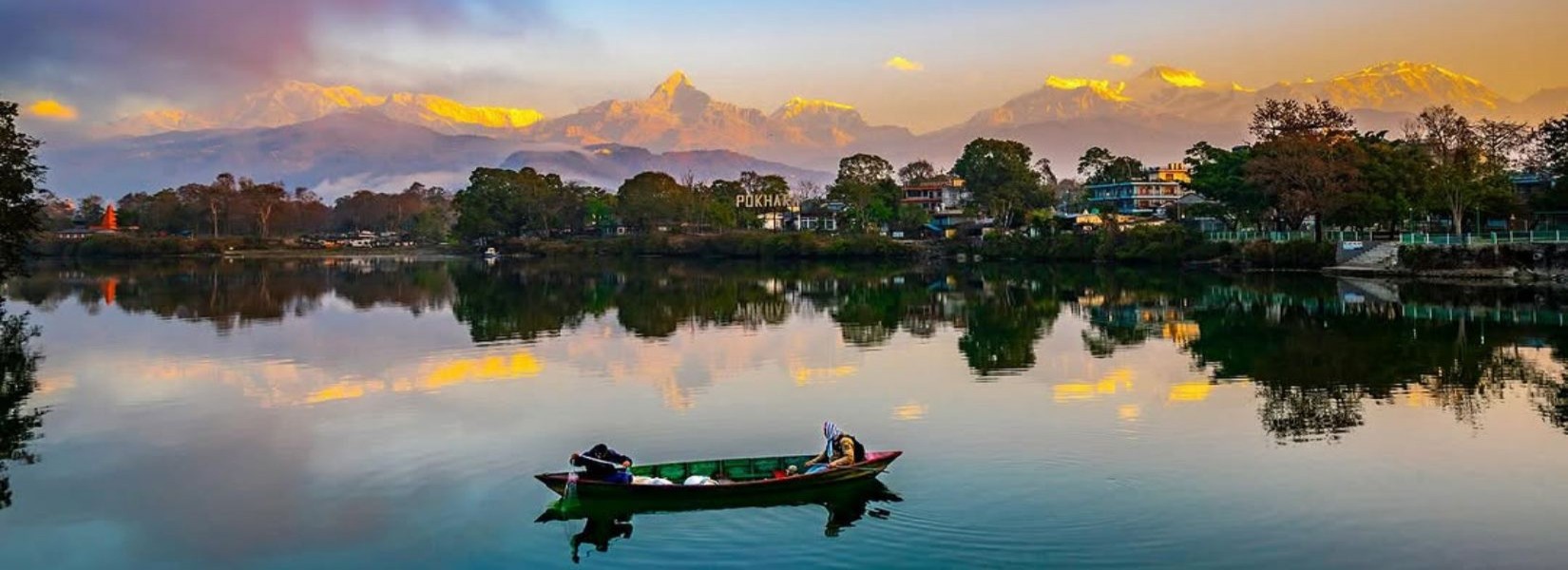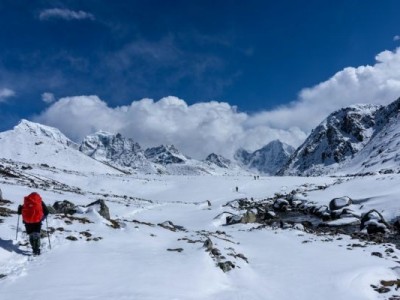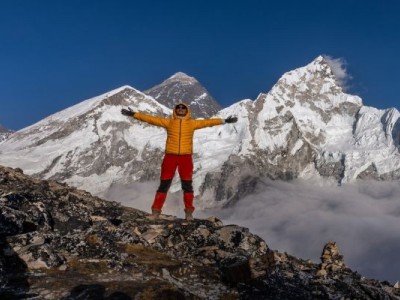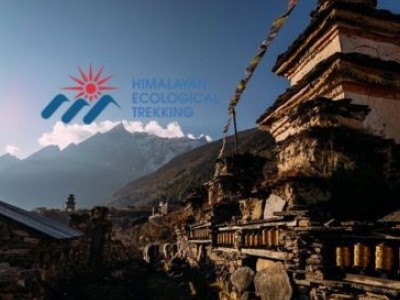Pokhara sits at an altitude of 822 meters, centrally located in Nepal, and for this reason, it is often dubbed the tourism capital of Nepal. The city attracts well over 1 million tourists every year, due primarily to the breathtaking combination of lakes, the Himalayas, and adventure. Surrounded by the Annapurna range, Pokhara provides the breathtaking landscapes that fuel the imaginations of both photographers and adventurers alike.
Table of Contents
Phewa Lake - The Jewel of Pokhara
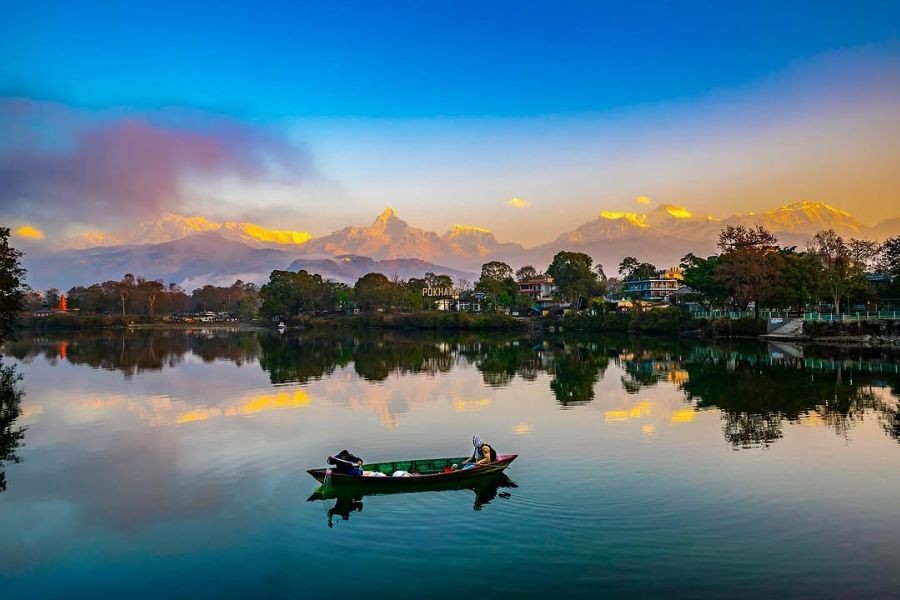
Phewa Lake is its size; at 5.23 sq km, it is the second largest lake in Nepal and is by far the most famous attraction in Pokhara. The lake perfectly reflects Machhapuchhre (Fishtail Mountain), resulting in one of the most photographed images in all of Nepal. The best time to check out the lake is between October and December, when the reflections are perfectly seen. If you aren’t into kayaking, you can visit Tal Barahi Temple on the small island in the lake, which is explored by a traditional boat ride on the lake. If you’re looking for something more active, paddle boarding and kayaking are a great way to explore. If you prefer to let someone do the exploring for you, lakeside dining lets you enjoy a lunch or dinner with sunset directly at your table, with the golden hour painting the mountains with warmth.
Begnas Lake - Tranquil Mountain Retreat
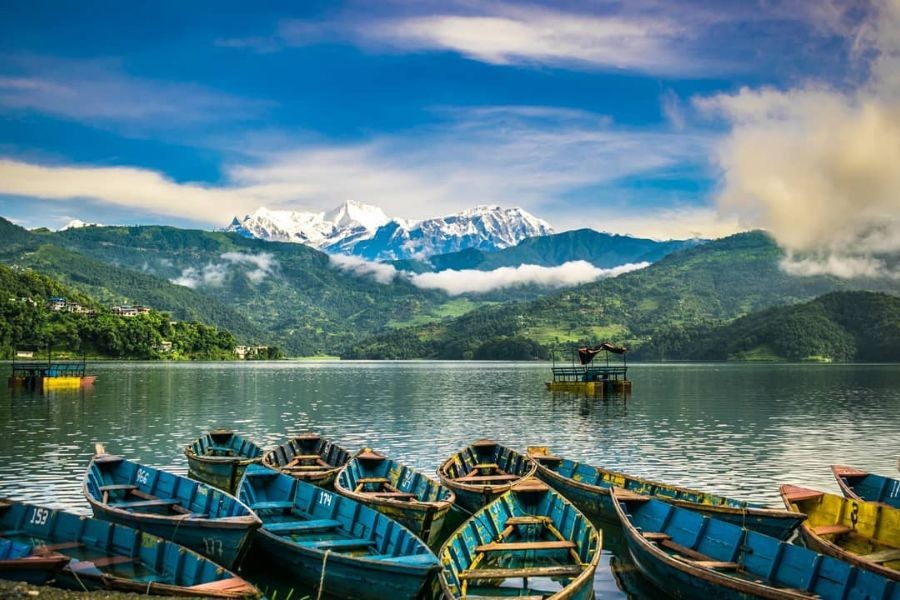
Located 15 kilometers from Lakeside, Begnas Lake provides an authentic Nepali experience away from the crowds. This unspoiled piece of paradise will allow you to immerse yourself in its culture, especially during the best months, which are March-May and September-November. Begnas Lake is surrounded by traditional Gurung and Magar villages, using lost fishing traditions. Local people swim in the clear waters to escape the heat, or a village homestay will provide you with an authentic cultural experience to see its farm or traditional crafts.
Devi's Fall - Nature's Underworld Enigma
Named after a Swiss tourist named Devi, who died of drowning following an incident here in 1961, the waterfall is where the Pardi Khola river drops into the ground through a gorge. This waterfall is best bespoke during the monsoon season (June - September), when the water flow reaches its peak. The uniqueness of the waterfall, being completely underground and disappearing, is the reason the local people call call "Patale Chhango" (Hell's Falls). The viewing platform is safe for photography as long as you use caution near the water's edge.
Gupteshwor Mahadev Cave - Holy Cave
Low limestone cave of 2950 meters with a presented Shiva lingam that is purely natural and has underground views from Devi's Fall. The cave has all sorts of natural formations from thousands of years of development, with various chambers that give it worldwide significance for being a pilgrimage site for Hindus because of the naturally formed Shiva lingam. You have to take a little care navigating through smaller sections of the cave, but the end destination of the chamber allows for viewing and more mystical views of an underground waterfall. The religious significance draws a continual supply of devotees who worship the natural Shiva lingam every day.
Seti River Gorge - Geological Wonder
The Seti river!! The glacial run-off created an extremely deep, yet narrow gorge through Pokhara's limestone. Its distinctive milky color comes from glacial silt. It also leads to an otherworldly quality to the sites. Some good viewing spots of this gorge that are easily accessible are Hyatungg Pul (Mahendra Pul) and K.I. Singh Bridge, peer into the very deep gorge and see just how deep it is! The depth of the gorge also leads you into all sorts of optical illusions where the river will look like it disappears from certain vantage points.
Sarangkot - The Best of Himalayan Sunrise
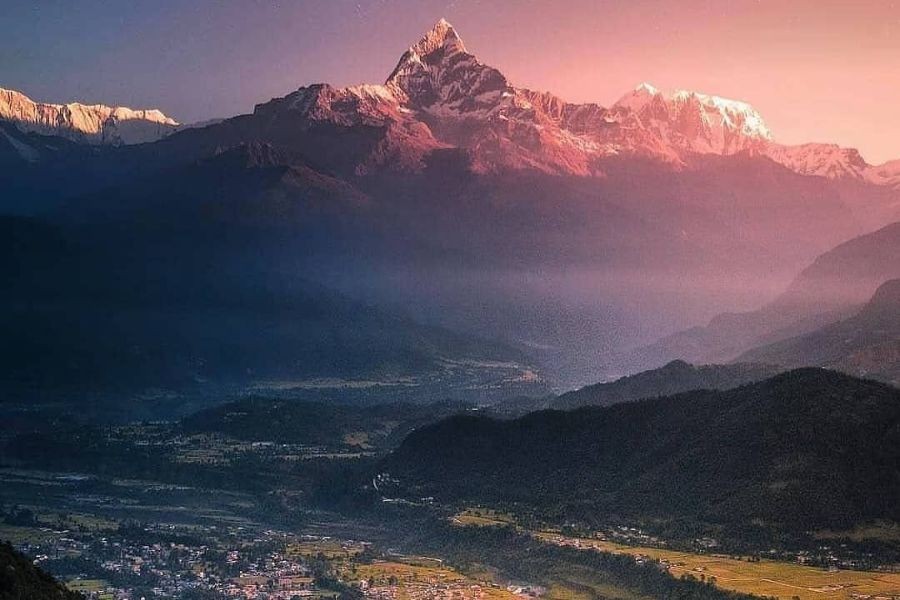
Sarangkot is located at an altitude of 1,592 meters, boasting the best 180-degree display of the Annapurna range, including Annapurna I (8,091m), Dhaulagiri (8,167m), and Machhapuchhre. Sarangkot remains optimal for viewing between October and March. The sunrise experience begins with a 5:00 am departure for a 30-minute drive, and everything cycles through colors of deep purple, rose gold, and brilliant white. Sarangkot also serves as the primary launch pad for paragliders, boasting the best thermal selections in the world.
World Peace Pagoda - The Spiritual Mountain Views

The monument is a gleaming white Buddhist stupa located on Ananda Hill, providing 360-degree views overlooking the Pokhara Valley, Phewa Lake, and the Himalayas. While the stupa was established by Japanese monks in 2000, the structure symbolizes world peace, and it makes for a peaceful meditation spot with beautiful scenery to look at. To reach World Peace Pagoda, you can either take a boat across Phewa Lake with an additional 45-minute hike up to the monument, or you could opt for the direct 1-hour hike from Lakeside. The high elevation will enhance the unobstructed landscape views all around, and the dawn sunrise and dusky sunset are particularly impressive.
Bindabasini Temple - Ancient Hindu Heritage
Set on a hill overlooking the Old Bazaar section of Pokhara, Bindabasini Temple is one of the oldest Hindu sites in the region, and the locals come here to worship Goddess Durga. The temple complex is also a spiritual center that showcases traditional Nepalese architecture and includes an array of traditional carvings in wood. Appropriate morning prayers (6-8 AM) allow visitors a glimpse into the practices and beliefs of Hinduism and create a different spiritual atmosphere during the evening ceremonies. The site comes alive during celebrations such as Dashain and Chaitra Navratri.
International Mountain Museum - Himalayan Heritage
Nepal's International Mountain Museum, located in Pokhara, possesses the stature of a world-class museum, reflecting Nepal's mountaineering background and ethnic diversity, displayed through a variety of interactive items. The museum is located on a spacious campus and likely has 2-3 hours of engaging, educational experiences from Everest expeditions to traditional mountain living. The museum exhibits are a deeper look into how the Himalaya was formed geologically, saved personal items from famous climbers, and a look into the traditional cultures of the Sherpas, Gurungs, and Tamangs.
Annapurna Trek Opening - Adventure Base Camp
Pokhara is the primary jumping-off point for the most sought-after trekking circuits in Nepal. The city is very well established and has all services available - equipment rentals, recruitment services for guides, and even permits. The large waterfalls such as Annapurna Base Camp (7-12 days), Mardi Himal (5-7 days), and the Ghorepani-Poon Hill trek (3-5 days), have thousands of trekkers a year who are well catered for by established infrastructure such as gear shops, guides with years of experience, and recovery lodges and more.
Paragliding - World-Class Adventure Sport
Ranked in the top five paragliding locations worldwide, the geography in Pokhara produces thermal updrafts, pretty much offering perfect thermals. The main paragliding season is from September to May; tandem paragliding is also available if you have never flown before. Take off from Sarangkot and fly for a 30-minute flight costing around NPR 8,000 - NPR 12,000, or you can fly for 60-minute tours for NPR 12,000 - NPR 18,000. The professional paragliding operators comply with international safety standards and provide a photograph package with your flight.
Zip Flyer & Bungee Jump - The Ultimate Adrenaline Rush!
Located at Highground Adventures, the world’s steepest zip line, at 1,800 meters, drops 600 meters and reaches speeds up to 120 km/h. The 70-metre bungee jump plunges over the Seti River, giving you thrills in an entirely different way. Both activities can be purchased for $90-120, and you will be provided with all of the professional safety gear that has been certified to international standards. They also have photos and video services to capture these once-in-a-lifetime experiences.
Ultralight Flights - Aerial Mountain Safari
Small airplanes grant small groups intimate aerial perspectives of Annapurna that are simply unattainable from anywhere on the ground. The flight time options are from 15 minutes ($100) to 1 hour ($300), with the best conditions to fly from October to April. There are options between the super basic Mountain Flight, the longer Annapurna Safari, and the best Everest Experience. The flying pilots are all professional pilots, incorporate mountain flying experience, and are very diligent in ensuring your safety and sharing their geological knowledge.
Mountain Biking & Boating - Active Exploration
There are mountain biking trails for all skill levels, from an easy lakeside path with stunning views of the lake to adventurous mountain single-track trails. The beginner you can try first is a high beginner's trail called the Peace Pagoda, which will take you approximately 2 hours, whereas an intermediate trail is the Sarangkot circuit, which will take about 4-5 hours with a hilly elevation climb to challenge you! There are water sport activities as well, including traditional boating around Phewa Lake, kayaking, paddleboarding, and fishing the Begnas Lake. To rent bikes costs about NPR 500-1,500, depending on the type of bike, or the kayaking costs NPR 800-1,200.
Matepani Gumba - Vivid & Active Buddhist Monastery
This is a colorful hilltop Buddhist monastery where the local monks are active, and you will see many parts of Tibetan Buddhist practices. The monastery was built in the traditional Tibetan style, with intricate paintings and sculptures. The morning prayers from 6-8 AM will allow for an authentic experience; tourists can know-acquired when attending a native cultural event. The monks were inclusive and invited you in to have a look at meditation instruction and conversations about Buddhist philosophy, while keeping busy with local handicrafts.
Jangchub Choeling Monastery - Tranquil Retreat
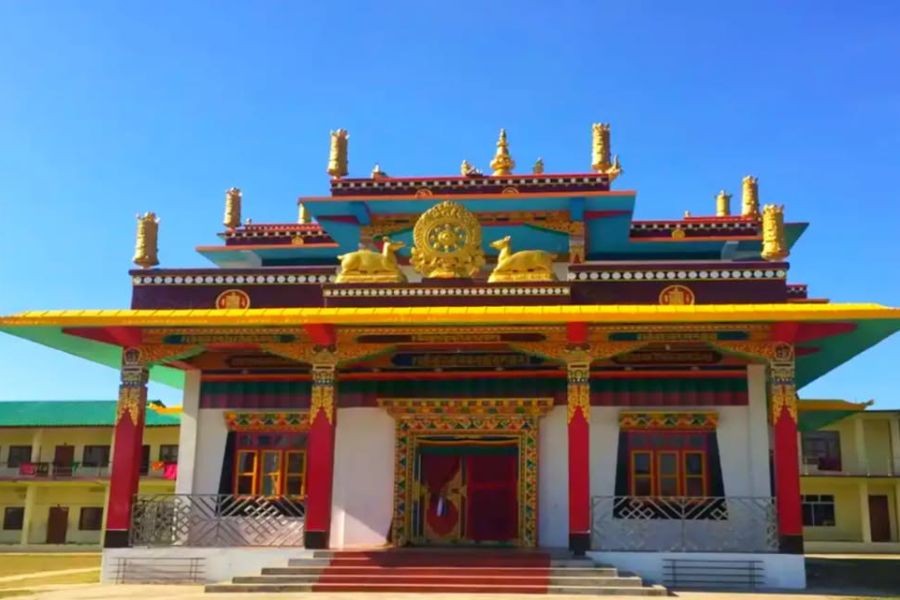
Situated in the village of Hemja, this genuine monastery offers a deeper spiritual experience in a crowd. It has meditation and mindfulness instruction, Buddhist philosophy workshops, and other insights into monastic life. The programs offer a variety of options, including meditation retreats, rosewood handicraft workshops, vegetarian meals with monks, and accommodations for people seeking immersion in spirituality.
Tibetan Refugee Camps - Cultural Interaction
Created in the 1960s, the Tibetan refugee settlement camps offer authentic cultural interaction methods while supporting refugee families. You can buy traditional handicrafts directly from artisans who have practiced their artisan vocation and passed it down through generations from Tibet, including traditional crafts like carpet weaving, basket weaving, and wood carving. Options for cultural interaction include weaving demos, tea ceremonies, storytelling events, and meal experiences that support economic sustainability for the refugee families.
Pundikot Shiva - A Magnificent Statue
The statue is 108 feet tall, a bronze statue that is one of the most amazing religious monuments of Nepal, which has beautiful panoramic views of the Annapurnas. Located 15 kilometers from Pokhara at 1,500 meters, after five years of construction, the statue was completed in 2010. The full experience includes a forty-five-minute scenic drive through traditional villages that offers an exclusive vantage point for 360 panoramic views of the region, which exceeds all the regional viewpoints you could visit.
Australian Camp Trek - Perfect Introduction to the Himalayas
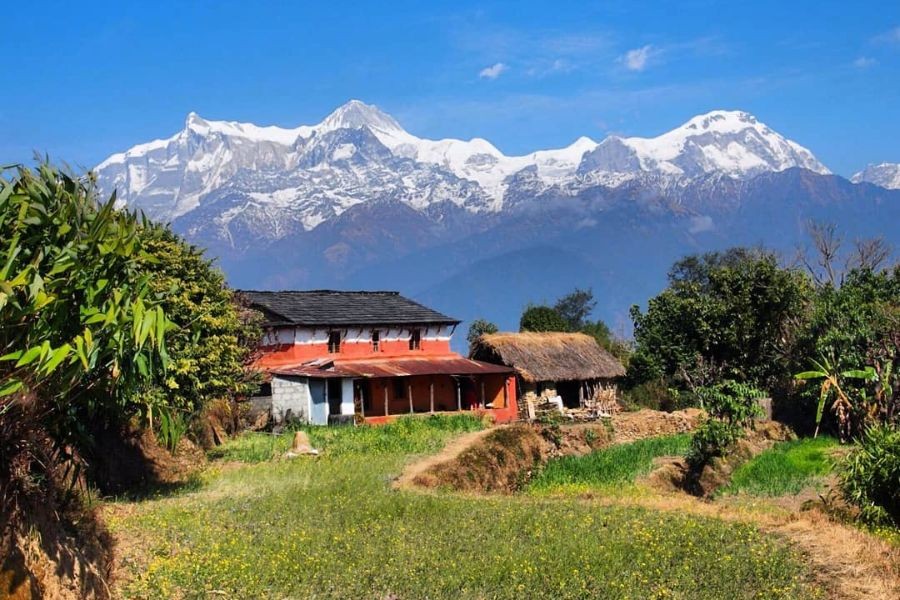
This fantastic 2-3 day introduction to trekking in the Himalayas will take you to around 2,060 meters and allow you to see a spectacular sunrise over the Annapurna range. This trek starts from Kande (just a 45-minute taxi ride from Pokhara). You will take well-maintained trails through rhododendron forests and our treasured Gurung villages. It is a moderate trek that involves a total of about 6-8 hours of walking. An introduction such as this can be done by people at all experience levels. Plus, the traditional teahouse accommodation gives an authentic mountain experience.
Lakeside Pokhara - The centre of tourism.
Lakeside is Pokhara's tourism center, situated in East Lakeside, on the eastern shores of Phewa Lake. Lakeside offers a very wide range of accommodation options to suit all budgets, from $5-thereabouts budget hostels, to even $100+ luxury resorts. The lakeside area also boasts many restaurants, with a culinary spread that spans the world's cuisines. From Italian, to Israeli, Japanese, and Korean food, as well as traditional Nepalese. The Lakeside area also hosts a multitude of services for your adventure travel arrangements, yoga studios, massage centers, nightlife including live music and cultural shows, and many shops selling trekking gear and handicrafts.
Planning Your Pokhara Experience.
Best time for travel: Peak season (October-March) features beautiful mountain scenery and ideal weather, while also bringing higher prices and more tourists. Off-season (April-September) offers fewer tourists and lower costs, but monsoon rains are typical in June to September, turning Pokhara into lush surroundings.
Getting There: 25-minute flight from Kathmandu or a scenic 6-7 hour drive. Getting around town is easy via taxis, buses, and motorcycle/bike rentals.
Essential notes: Be respectful of local customs, carry Nepalese rupees with you, book accommodations in advance in peak season, obtain travel insurance for activities that are considered adventures, and learn the basics of Nepali to connect with the culture.
Conclusion
Pokhara is a really special place because it brings together a perfect amount of natural beauty, cultural significance, and adventure all in one place, which is what helps this beautiful country become so appealing worldwide. From sitting by Phewa lake, which features some of the best Himalayan peaks every morning, as well as the possibility of going paragliding and other extreme sports, it is the endless possibilities in Pokhara that allow each moment to be filled with endless discoveries. If you're looking for spiritual enlightenment while visiting some of the old temples, personal challenges that come with doing or trying something extreme, or perhaps occasionally meditating at the lakeside, the opportunities offered here will resonate long after you've returned home. Pokhara is a marvelous destination not only as a cultural center that preserves many local traditions but also as a place for adventure with some world-class activities and opportunities, so if you travel to Nepal, Pokhara should be absolutely mandatory.
